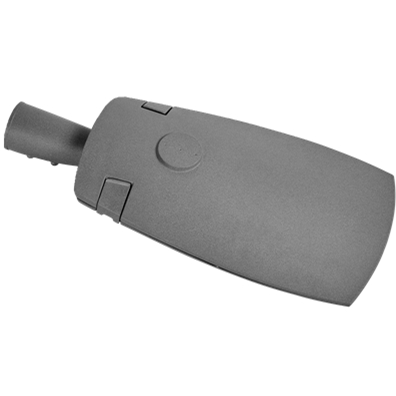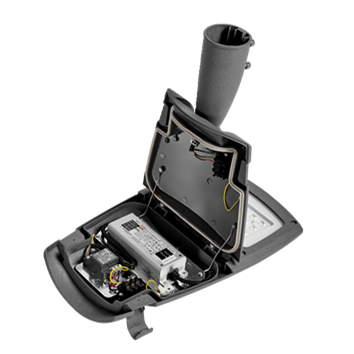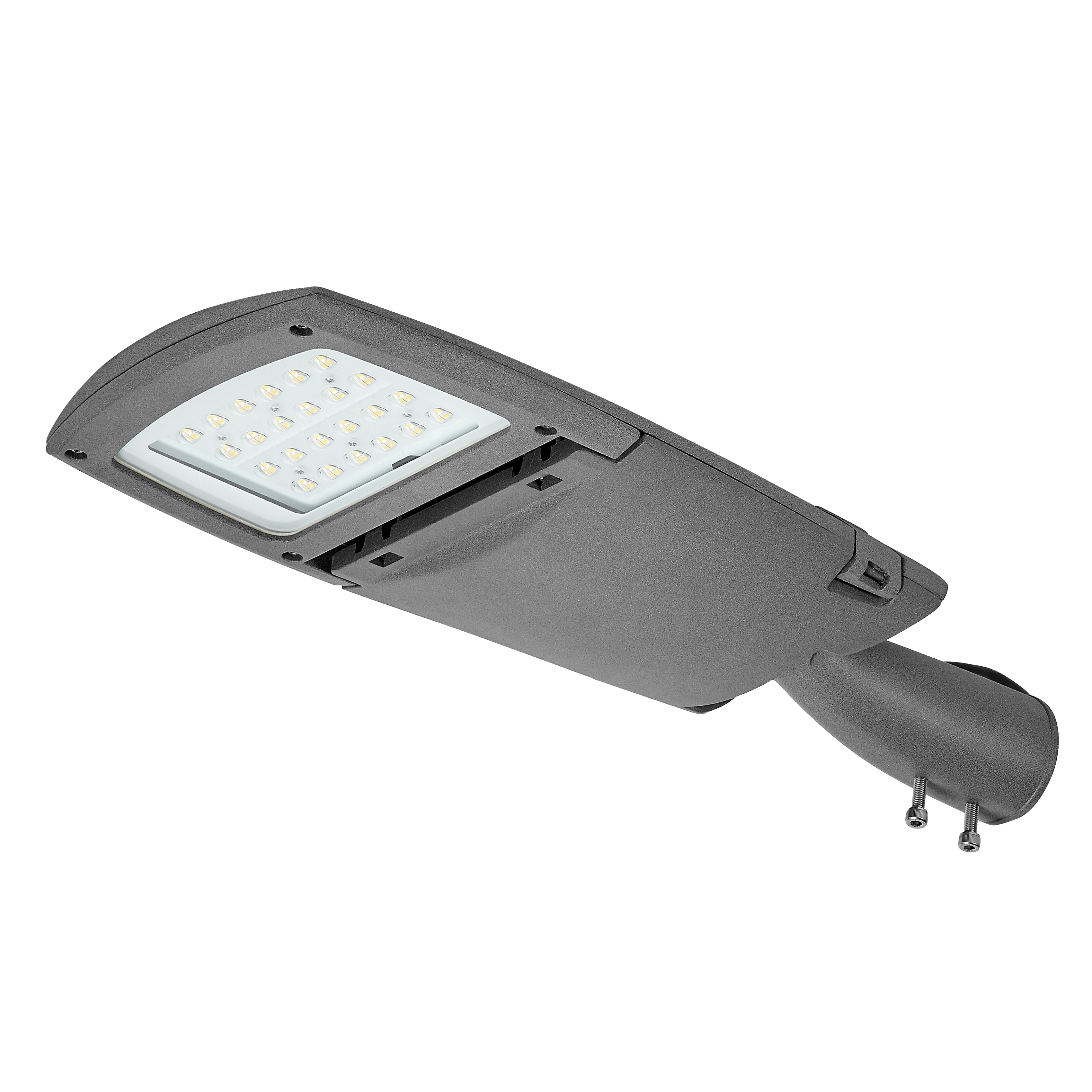- Light Source:
- LED
- Input Voltage(V):
- 85-265
- Lamp Luminous Flux(lm):
- 13000
- CRI (Ra>):
- 70
- Working Temperature(℃):
- -20 - 60
- Working Lifetime(Hour):
- 50000
- IP Rating:
- IP65
- Certification:
- CCC, CE, EMC, GS, LVD, RoHS
- Warranty(Year):
- 5
- Place of Origin:
- Zhejiang, China
- Brand Name:
- M-Alite,OEM
- Model Number:
- ASL01B-100W
- Beam Angle(°):
- 120
- Application:
- ROAD
- Lamp Body Material:
- Die Cast Aluminum
- LED Light Source:
- 3030 108PCS
- Color Temperature(CCT):
- 2700-6500K
- Product Size(mm):
- 738*289*118mm
Packaging & Delivery
- Selling Units:
- Single item
- Single package size:
- 0.66X0.34X0.17 cm
- Single gross weight:
- 10.0 kg
- Lead Time:
Quantity(Piece) 1 - 100 >100 Est. Time(days) 30 To be negotiated








Item NO. | Product Size | LED Chip 3030 1W | Main Material | LED Driver |
ASL01A-60W | 621*287*105mm | 3030 96PCS | Die Cast Aluminum | Inventronics 60W |
ASL01B-80W | 738*289*118mm | 3030 108PCS | Die Cast Aluminum | Inventronics 75W |
ASL01B-100W | 738*289*118mm | 3030 108PCS | Die Cast Aluminum | Inventronics 96W |
ASL01C-120W | 922*362*140mm | 3030 192PCS | Die Cast Aluminum | Inventronics 150W |
ASL01C-150W | 922*362*140mm | 3030 192PCS | Die Cast Aluminum | Inventronics 150W |
ASL01C-180W | 922*362*140mm | 3030 192PCS | Die Cast Aluminum | Inventronics 200W |
ASL01C-200W | 922*362*140mm | 3030 256PCS | Die Cast Aluminum | Inventronics 200W |
Input Voltage | AC 90-305V | PF | 0.95 |
Warranty | 5 years | RA | 80 |
Package information | 663*340*170mm | G.W | 5.6KG |
PC/CTN | 1 | N.W | 4.5KG |





1. LED street lighting and circadian rhythm
1.1 Do LED street lights (public lights) emit more blue lights than other sources, and does this lead to sleep disruptions?
There should be no worries regarding blue lights emitted from LED street lighting on sleep disruptions. There is nothing different about the blue light from LEDs vs. other light sources, as also discussed by the US Department of Energy. In fact, the current level of blue light is equal to or lower than moon light, which shines at 4000K. What's more important is the intensity of light at night. Disruptive effect depends heavily on the amount of light, the timing, and duration of light exposure. Research shows that the light levels produced by LED street lighting are too low to affect the hormone levels governing our sleep behavior.
1.2 Will applying LED street lights lead to circadian disturbances?
No. If properly designed and applied, LED lighting will provide its advantages and you can avoid potential unwanted side effects.
If you apply the right light, in the right place, at the right time, for the right situation, LED light can positively impact public safety and livability while also offering savings on energy and maintenance. Philips Lighting solutions are carefully designed for local applications taking into account the right optics and light intensity to benefit from the LED advantages and mitigate negative effects like circadian disturbances and glare.
1.3 What's the health impact of blue lights?
Blue light is important to our health and well-being, especially during day-time. Much of the research regarding potential negative health impacts of blue lights are based on intensity and duration of light exposure at night associated with shift work. These levels of exposure are significantly higher than common outdoor lighting applications and cannot be extrapolated to the reduced light level and shorter duration activities associated with street lights.
2. Well-designed LED street lighting
2.1 Will LED street lighting lead to light pollution?
The use of LEDs does not lead to more light pollution, not if the lighting application is well-designed. On the contrary, when applying well-designed LED street lights you can be sure to effectively control scatter and glare while having far greater impact on reducing high angle brightness and light pollution.
2.2 How can controls and optics help against the negative effects of public lighting?
Controls such as dusk-to-dawn sensors can automatically adjust the lighting according to the time of day, not only reducing energy, but also reducing the potential negative environmental impacts. Likewise, you can implement shields to curtail uplight and sidelight, and most importantly, "optics" to minimize/reduce glare regardless of the amount of blue light or color temperature they deliver.






